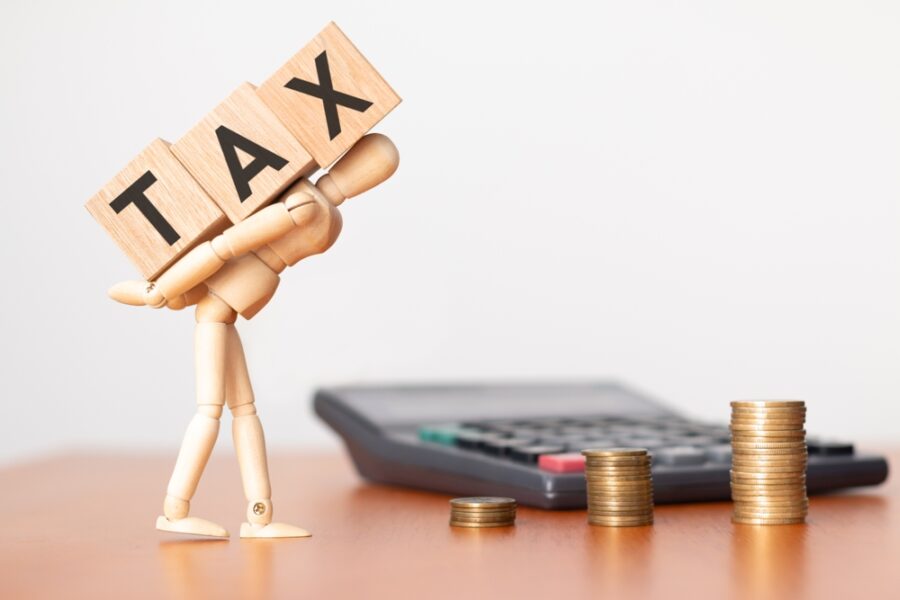
4 Years Out: Master Your Debt and Savings
With a clear vision in mind, your fourth year before retirement is about strengthening your financial foundation. This means attacking high-interest debt with intensity and taking full advantage of your final high-earning years to boost your savings.
Eliminate High-Interest Debt
Entering retirement with high-interest debt, like credit card balances, is like trying to run a race with weights tied to your ankles. The interest payments drain your cash flow and eat into the income you need for living expenses. Make a plan to pay off these debts completely before you stop working.
Focus on the debt with the highest Annual Percentage Rate (APR) first. The APR is the total cost of borrowing money, expressed as a yearly percentage. A credit card with a 22% APR is a financial emergency. Pay the minimum on all your debts, but throw every extra dollar you can find at the one with the highest interest rate. Once it’s paid off, roll that entire payment amount over to the next-highest-rate debt. This is called the “avalanche method,” and it’s the fastest way to become debt-free.
The Mortgage Dilemma
What about your mortgage? This is a more complex question. Many people feel a deep sense of security from owning their home free and clear. Paying off your mortgage eliminates a large fixed expense, which can dramatically lower the amount of income you need each month. This is a huge psychological and financial win.
However, there’s another side. If you have a low, fixed-rate mortgage (perhaps from refinancing years ago), the interest rate might be lower than the potential long-term returns you could earn by keeping that money invested. It’s a trade-off between the guaranteed return of paying off a loan versus the potential, but not guaranteed, return from the market. There’s no single right answer; it depends on your comfort level with risk and your overall financial picture.
Supercharge Your Savings
Your last few years of work are likely your peak earning years. This is your final opportunity to make a big impact on your retirement accounts. If you’re 50 or older, you can make “catch-up contributions” to your 401(k) and Individual Retirement Accounts (IRAs). These are additional amounts you can contribute above the standard annual limits.
Check the current year limits on the Internal Revenue Service (IRS) website. For example, in a given year, the regular 401(k) contribution limit might be $23,000, but the catch-up contribution could be an extra $7,500, for a total of $30,500. Do everything you can to max out these contributions. This not only boosts your savings but can also lower your taxable income today if you’re contributing to a traditional (pre-tax) account.
Review Your Investment Risk
As you get closer to needing your money, it’s wise to review how it’s invested. You may want to gradually shift to a more conservative allocation, with a bit less in stocks and more in bonds or cash equivalents. This helps protect you from sequence of returns risk. This is the danger that a major market downturn in the first year or two of your retirement could seriously damage your portfolio’s ability to last a lifetime, since you’d be selling assets at low prices to fund your living expenses. You don’t need to eliminate all risk, but reducing it can provide valuable peace of mind.








